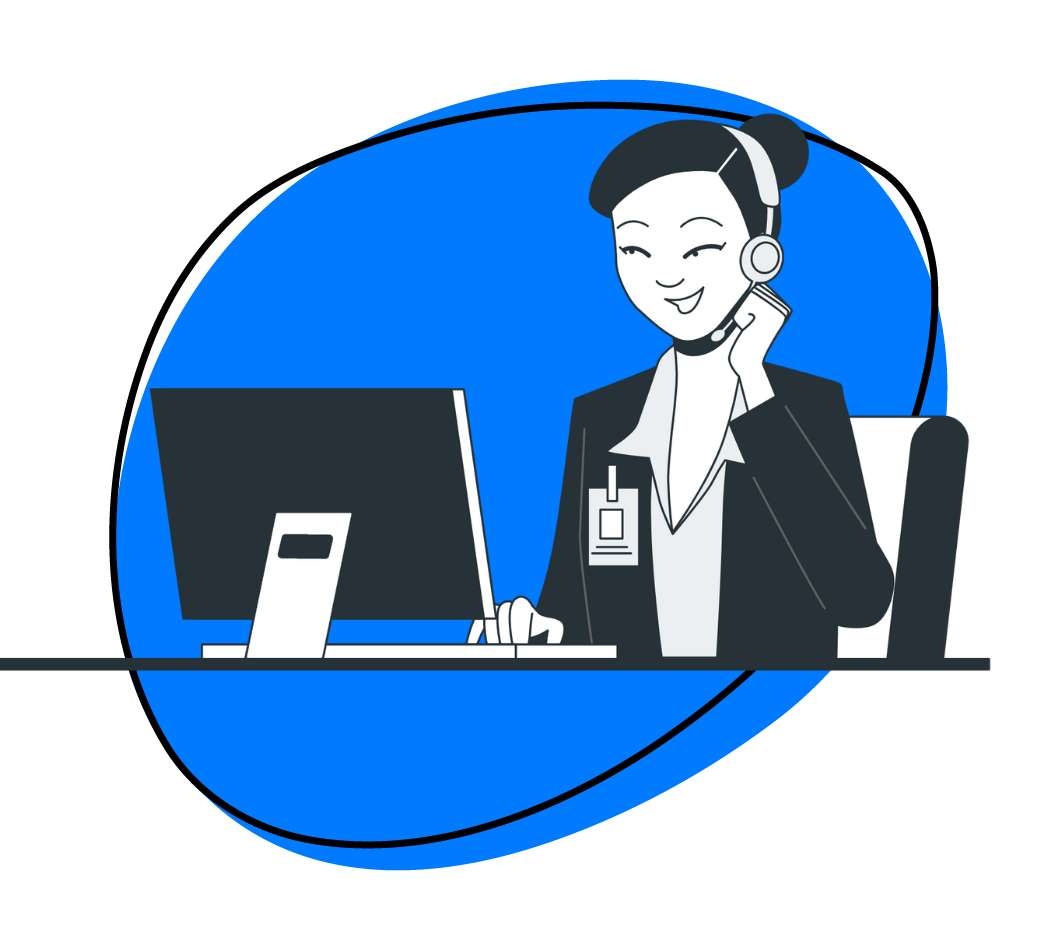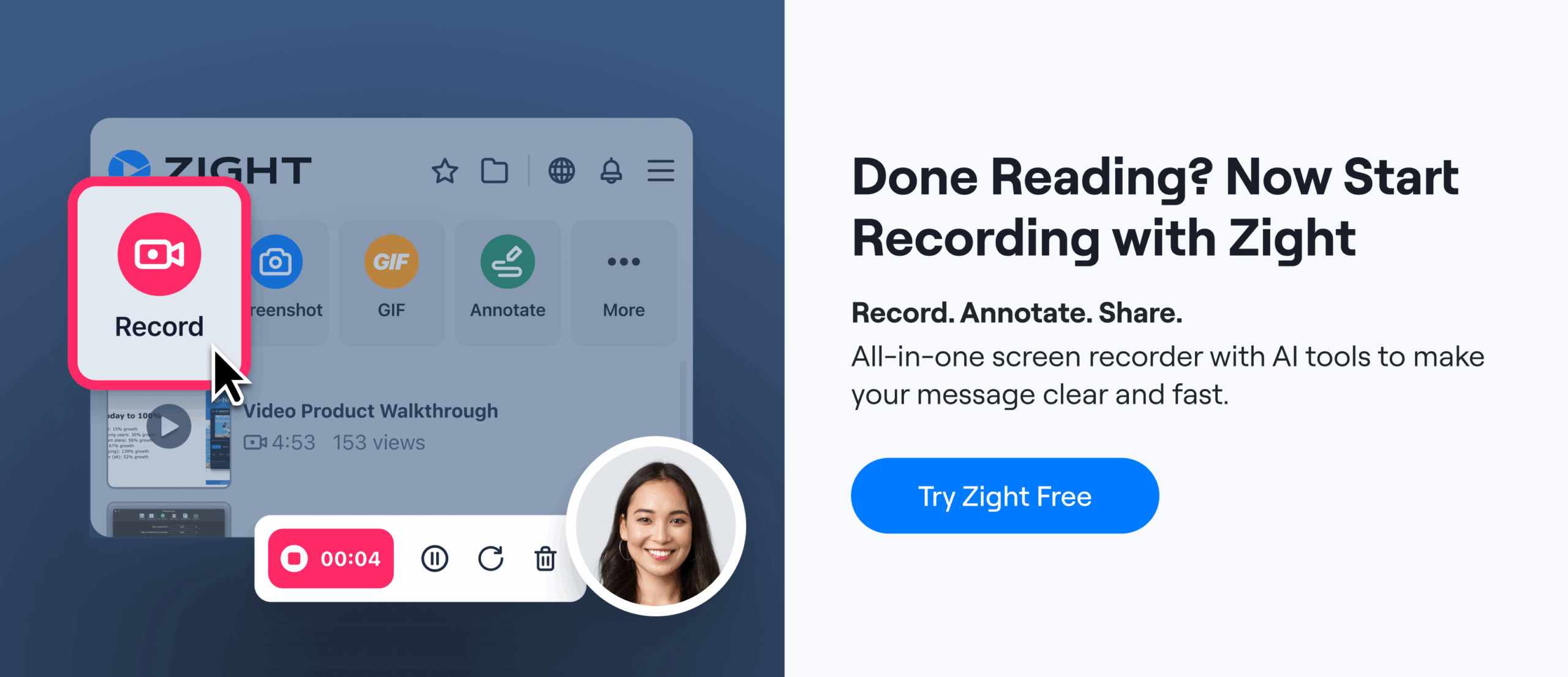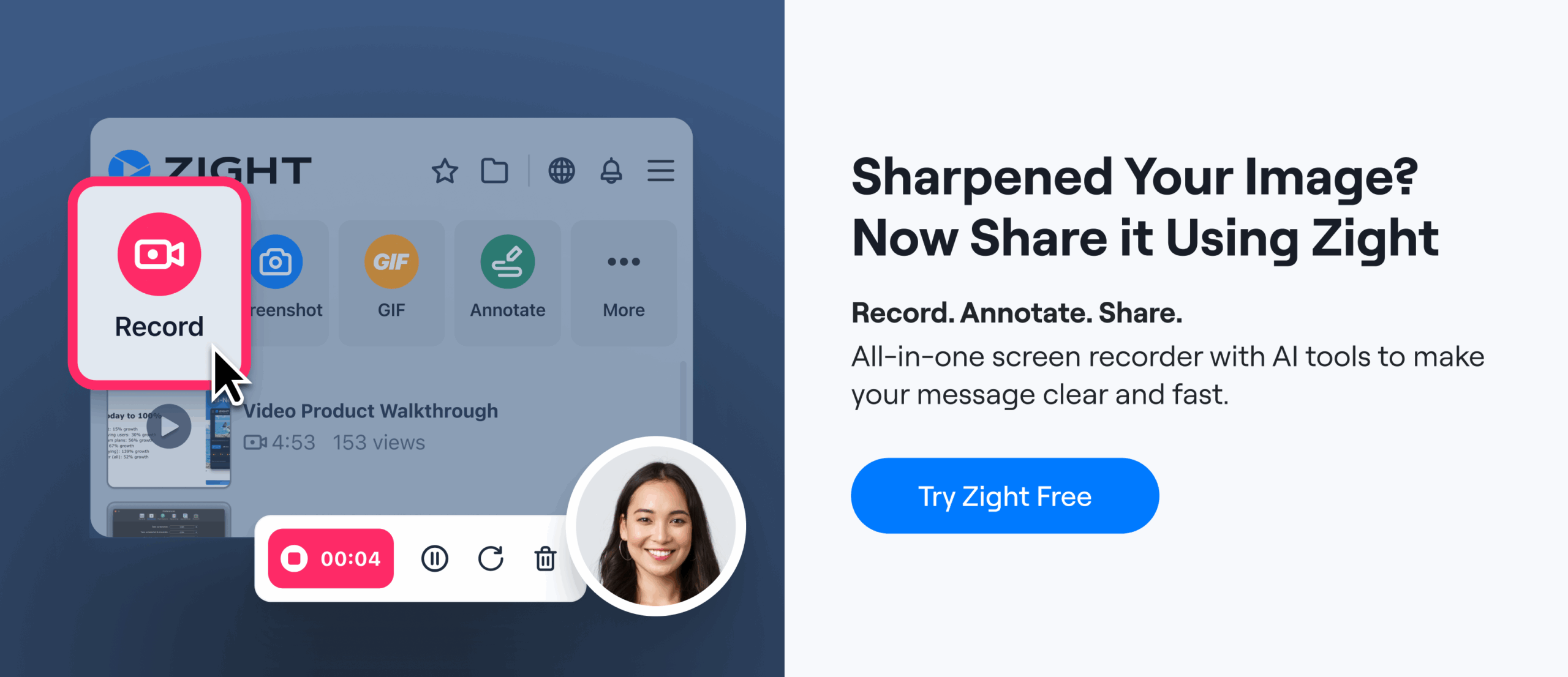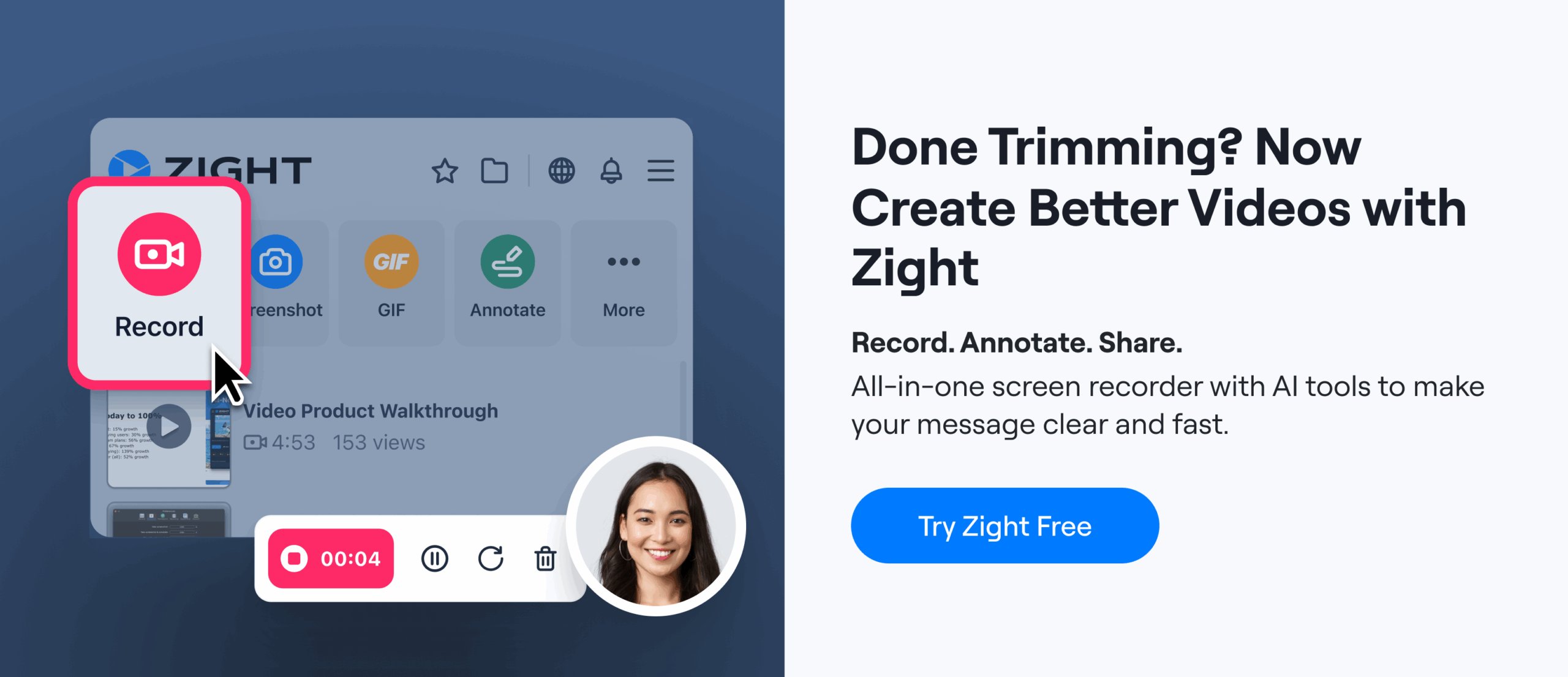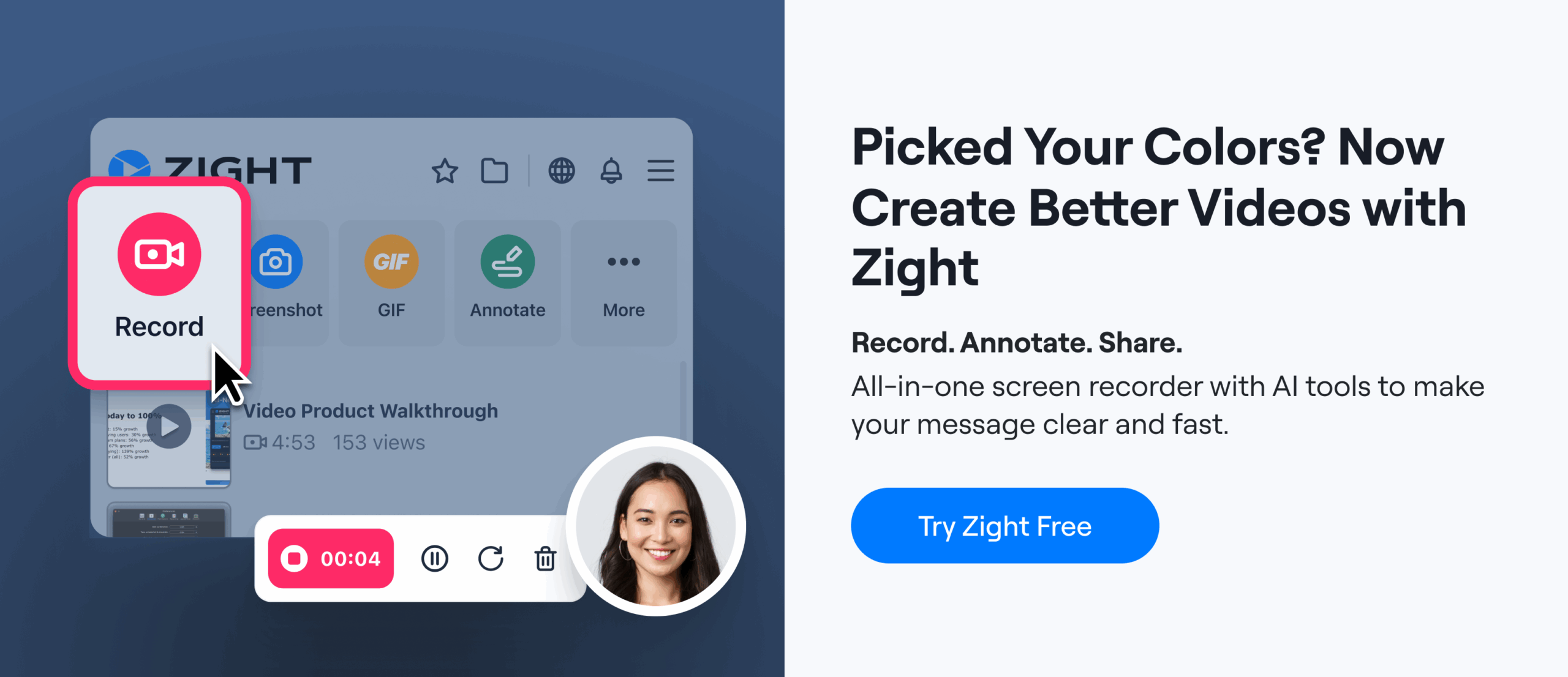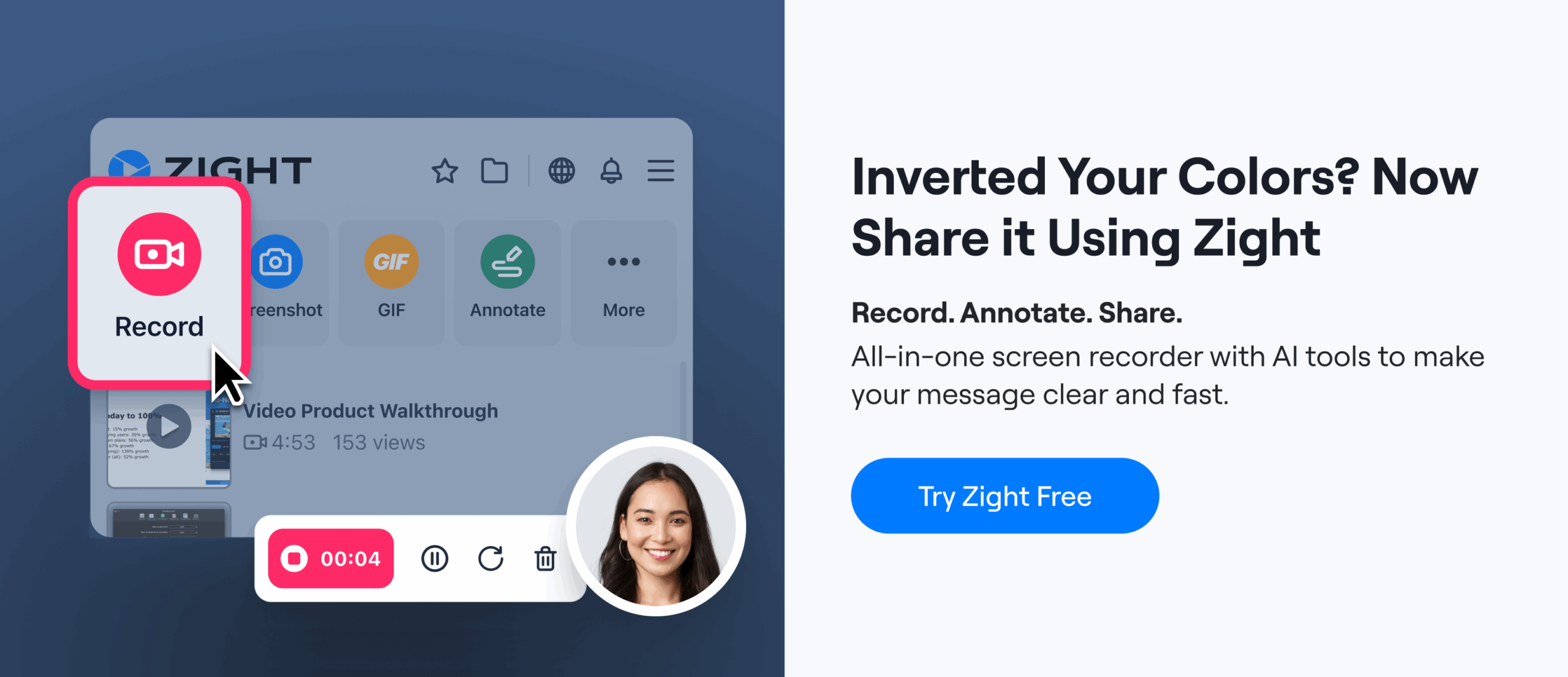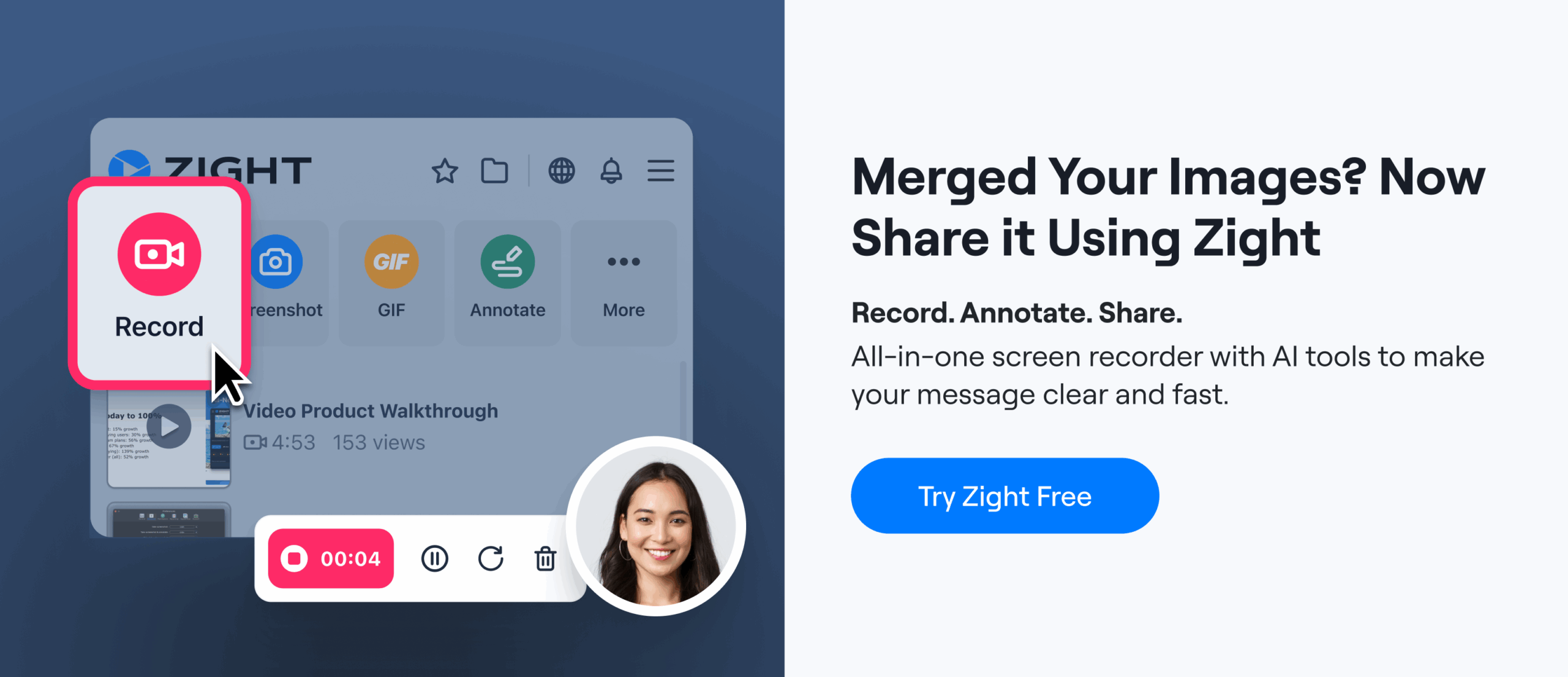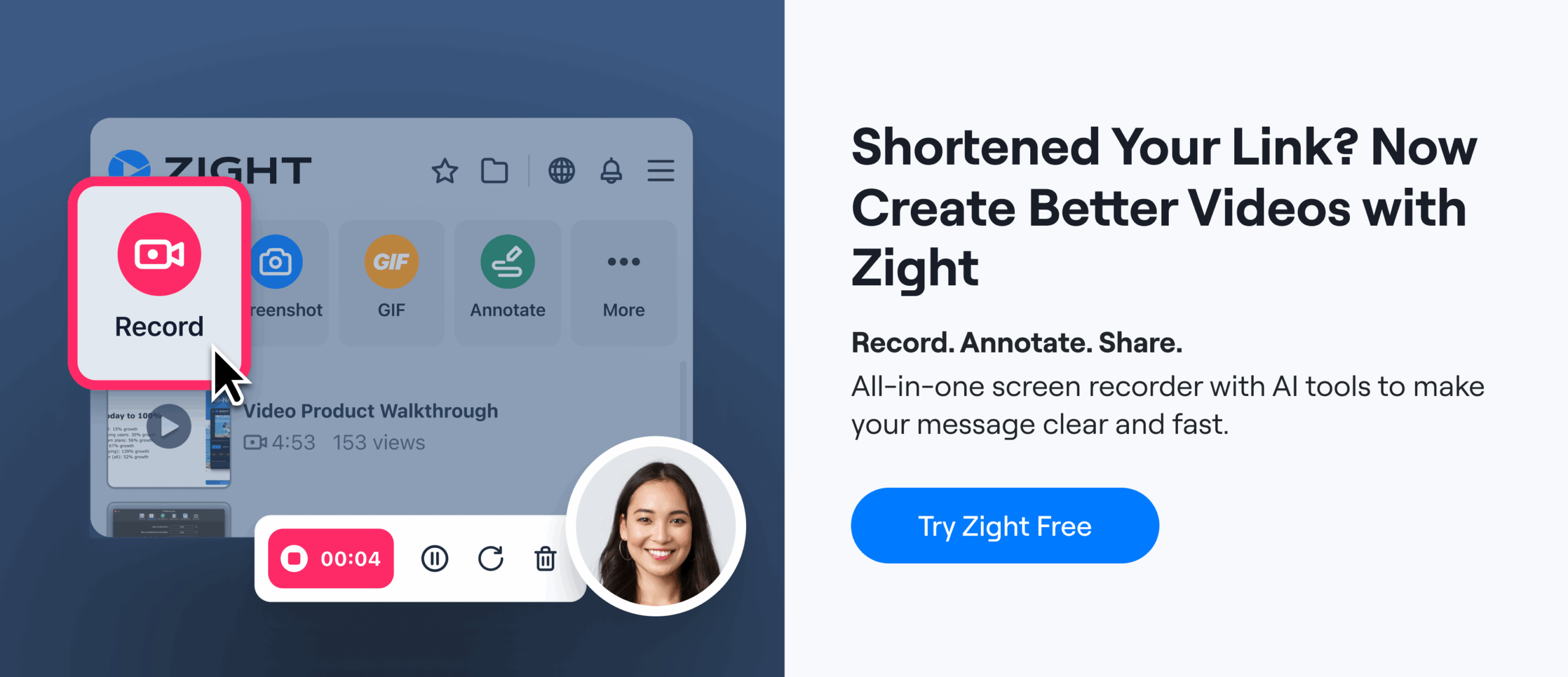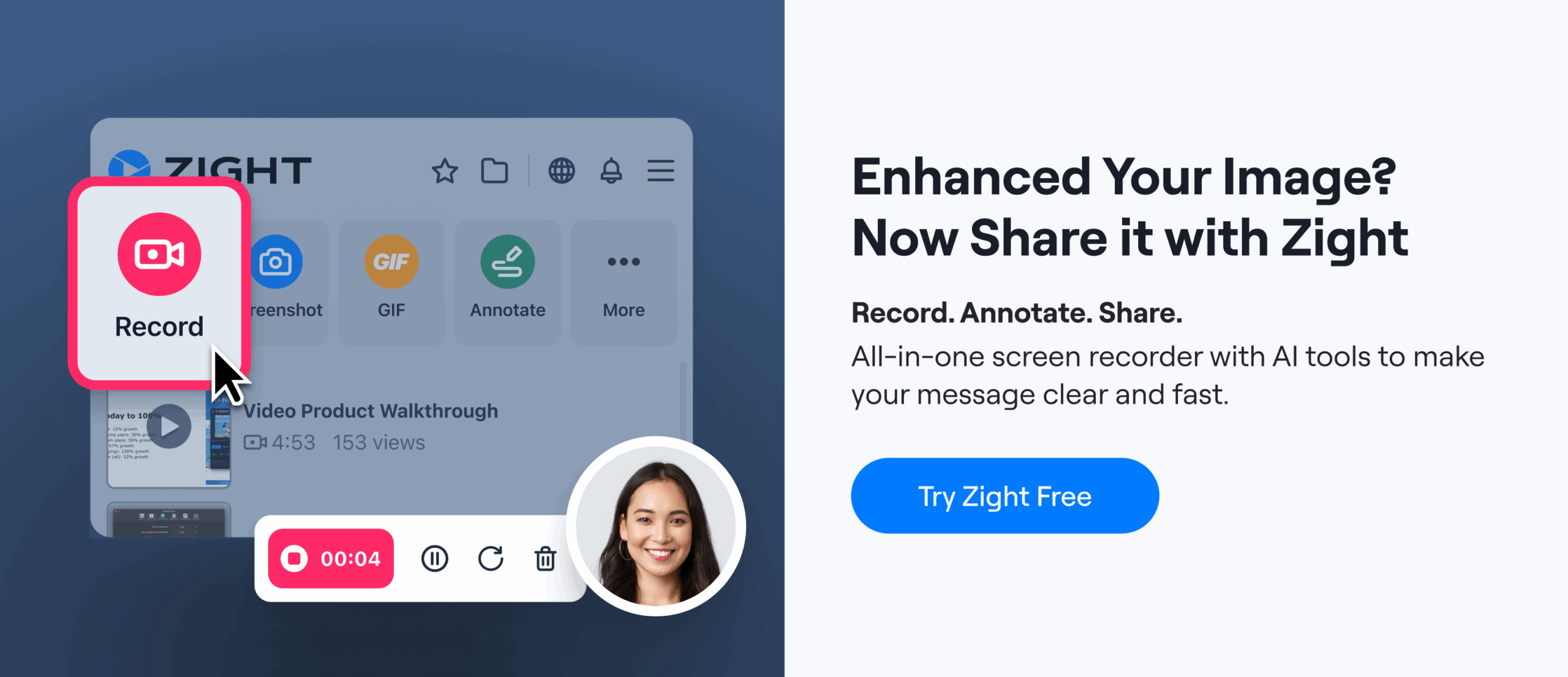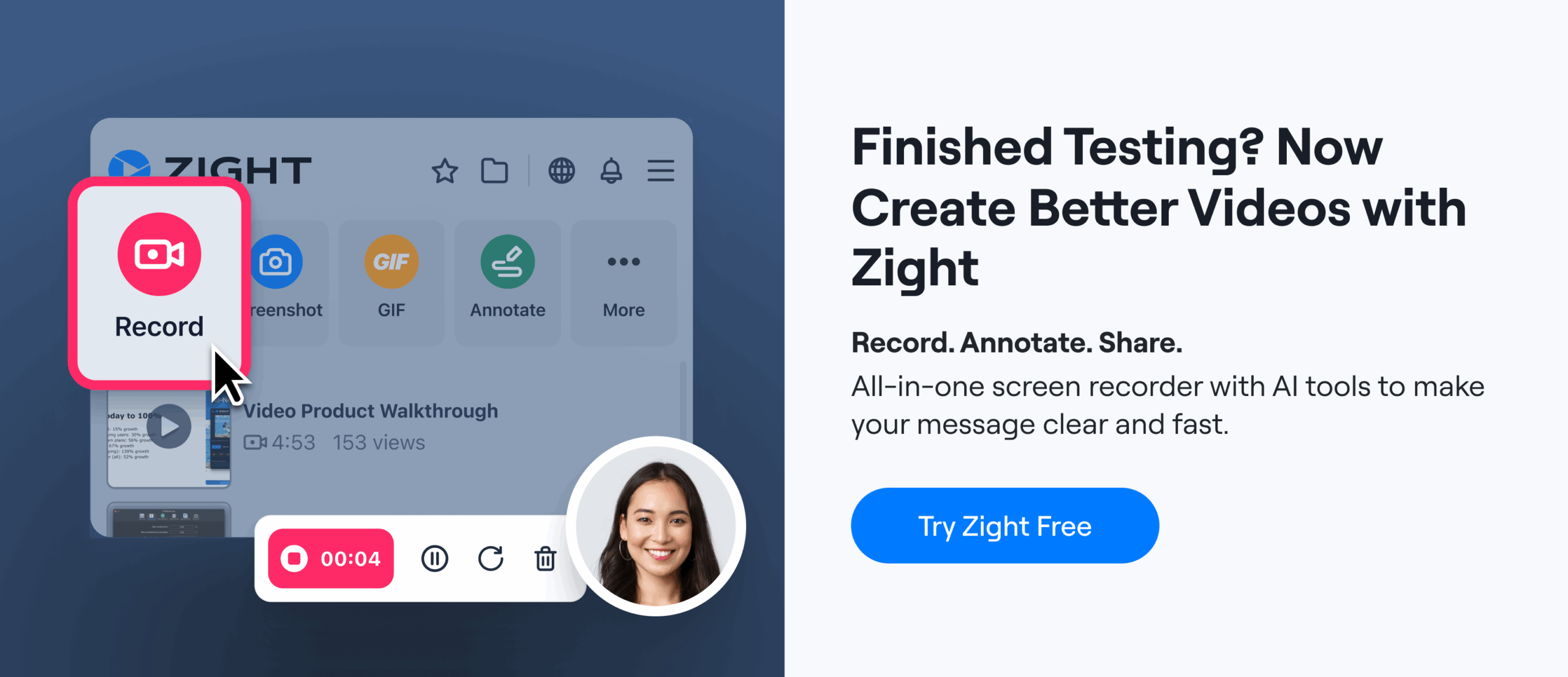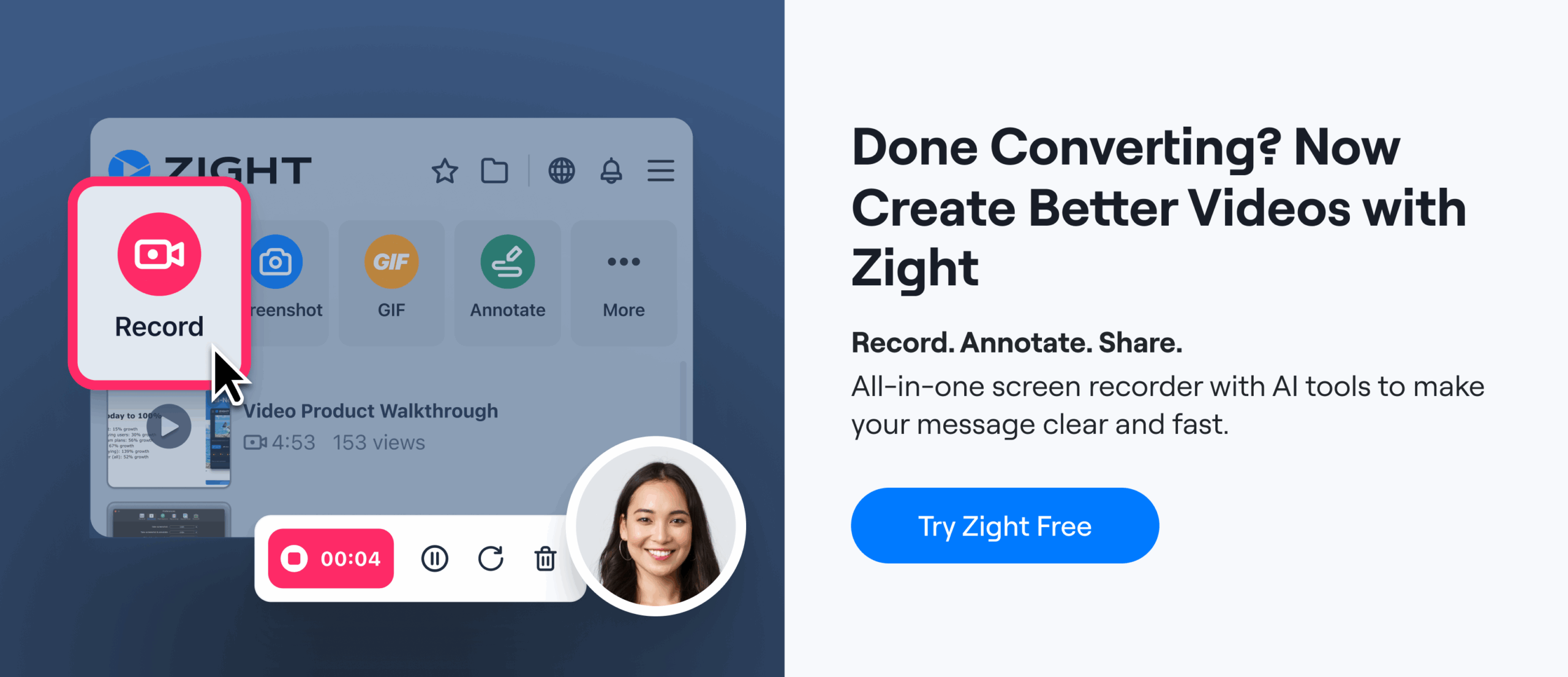Today’s product and customer experience landscape is competitive and demanding for SaaS team members across the board; Guiding a customer through their journey has progressed from long-accepted reactive cases to something much more proactive and involved. If you’re a software engineer, a member of a product team, a customer support rep, an onboarding rep, even if you’re one of the lucky ones in the workforce today who are part of the sought-after position on a CEM team– you can guarantee that part of the customer’s journey will be spent with you or will be influenced by you. Every aspect of the customer experience counts.
A Customer Experience Lesson From My Kids
My children love going to get their haircut. They’re also, curiously, very particular about where I take them. We can’t go to just any hair salon. My kids prefer a specific children’s hair salon–and it took me a while to understand it. Because when we go, we just sit on a vinyl couch, covered in tiny pieces of hair sure to give me a splinter, thumb through well-worn (aka dirty and germ-infested) books and, well, get a haircut.
I already knew this kid salon was equipped with a slide, exciting airplane and princess chairs, and a Netflix show queued up for when the little minions arrive. I also knew the routine of earning a sucker and a balloon upon successful haircut completion. They have great ways to keep them entertained. Kid stuff, right? … Right! The salon obsession mystery has eventually dawned on me as we’ve continued to return faithfully every six weeks at my children’s behest (I’d sooner give them a buzz). What I’ve finally realized is that this salon has nailed every touchpoint of their little customers’ experience. And they’ve totally hooked my kids.
Be it a children’s hair salon or a large-scale enterprise, the concept is the same. Focusing on the customer experience and optimizing it bridges the gap between a fickle customer becoming a loyal customer.
Often, friction in the UX space renders sub-par feelings down the line both internally and externally. If your goal is to reduce the customer churn rate and increase customer retention, using smart communication software tools and integrations can soften the experience and mitigate the myriad of pain points that naturally come up in the customer journey, both internally and externally.
Two things are at the core of a killer CX: intuitive, user-friendly products and insanely responsive support teams. Consider that statement along with the following 4 P’s to add to your team’s CEM strategy–together they’ll reinforce the impact of combining your killer product with your best-in-class support team.
- Prioritize the Platform With Productivity Software
- Provide Clear and Concise Content
- Personalize Interactions
- Monitor Progress
1. Prioritize the Platform with Productivity Software
In order to make your product iterate quickly with your engineers, product teams and designers, it’s important to minimize the feedback loop and communicate what aspects of the product need to be changed or updated. Collaboration tools like screen recorder and GIF creator are extremely efficient in making this happen between teams to optimize the product. After all, first-rate customer experience starts with focused, positive momentum in the employee experience.
Internally, a UX designer or customer service rep will usually walk an engineer through a glitch or a bug they’re seeing. Or, perhaps, they’ll annotate something on the website that’s important for the user experience and highlight what needs to be changed (like color, copy, etc.) to make the website convey exactly what it should. Zight (formerly CloudApp) productivity software helps teams through these processes seamlessly, allowing developers to innovate faster and clearly communicate how to design the product in a way that is best for the customer. What’s more, Zight (formerly CloudApp) integrates with Trello to make providing clear context to team members even easier. Drift’s Customer Success Team reportedly saves 56 hours every week thanks to the collaborative nature of the productivity software–that’s a statistic hard to ignore. Product managers can utilize this software as well, to visually create use cases to explain how and why customers will use various parts of a product.
Externally, customer service reps and customer support reps can utilize Zight (formerly CloudApp) as well when responding to inquiring customers. They can create a simple screen recorded video along with a message like: “Hey Steve, this is Tom from the company. Thanks for reaching out, here’s exactly how to solve your problem.” Communicating clearly with customers is important so they know how to utilize the product more frequently and how to get more out of it. Screenshots, annotations, GIFs and screen recordings are increasingly replacing other methods of communication simply because of their efficiency (and the rise in video preference over text).
Enabling both internal teams and external influences with product management tools to quickly provide feedback is invaluable as you perfect your product’s performance in the customer journey.
2. Provide Clear and Concise Content
Today’s consumers have seemingly endless options, and they know they do. By providing clear and concise information you can grab their attention from the beginning (much like Ninjago does on the screens at the kiddie salon).
Creating a personalized GIF to simplify a two-step process to a confused client almost always invites relief (and eliminates their frustration with the product). Sending a quick how-to video with video recording software to explain a more involved sequence within the product would garner the same result from an appreciative customer. With Zight (formerly CloudApp)’s screen recorder software, company reps can record activity on their computer screen and shoot it over to a customer via email so that they can know exactly what to do when they’re ready to tackle the problem. What’s more, the communication software’s display of the rep’s face in the corner talking directly to the customer provides a high-touch form of personalization. These aren’t tutorials produced for the masses; they’re videos and GIFs made-on-demand for the specific needs of specific customers. This is productivity software that communicates value upfront for your product and simultaneously offers respect for customers’ time.
Furthermore, consider these questions as you mentally audit your content: how does your web site read? Is there a Q and A section that’s difficult to navigate? Are your tutorials on how to utilize your product confusing? Is there a process that is difficult to type out yet easy to show?
Take advantage of tools that allow you to tailor your communication to be as clear as possible. It will create an easy process for complaints or feedback when communication isn’t as clear as possible. Understand that how you deliver is just as important as what you deliver. Who cares if you have an amazing product if no one understands how to use it?
3. Personalize Interactions
A truly great customer experience is one in which the customer feels that interactions are akin to FaceTiming their best friend. They want to have a personal connection with your company, and having the tools to do that is important. Being immediately recognized and acknowledged is valuable in the customer experience–and within your CEM, if your team is prepped on how that specific customer uses/can use your product for their specific needs, it will serve as a very high-level, personalized interaction. Every touchpoint you have with your customer is a chance to delight their experience even more.
When you equip customers’ pipeline journey with tools that make the teams communicating with them effective, the likelihood of converting a lead to a customer increases and customer satisfaction is improved. This increases loyalty–resulting in reduced customer churn, referrals from happy customers, and increased revenue. Leverage technology to create the ideal customer experience–what do you have to lose?
4. Monitor Progress
The goal of every CEM team is to elevate the customer experience and cultivate customer loyalty (and don’t forget: intuitive, user-friendly products and responsive support teams are at experience’s core). Once you’re implementing processes and strategies, it’s important to keep a pulse on just how effective your efforts really are.
You’d be hard-pressed to find a customer experience team that isn’t familiar with NPS (Net Promoter Score). This is the most well-recognized metric to measure customer experience, and it’s done by asking customers how likely they are to recommend your product to a friend. From it, companies are able to identify which category their customers fall into:
-Promoters
-Passives
-Detractors
Ideally, your company would have a high percentage of Promoters and a low percentage of Detractors. Promoters are loyal, enthusiastic customers who are likely to fuel your growth–while detractors not only unhappy, but they inhibit growth through negative reviews and word-of-mouth. Passives, on the other hand, could go either way. This is a group that can be swayed by your CEM, and paying attention to perfecting the small details about their experience will go a long way.
Other metrics to quantify experience include CSAT, or Customer Satisfaction, where a customer is asked to review a product using answers “Excellent, “Good,” “Average,” “Poor,” or “Very Bad.” This is beneficial for an immediate review of a product so that product teams can make improvements to avoid customer churn. Churn is another metric that’s important to use: churn rate is the number of customers who stopped buying your product or canceled their service in a given period of time.
And so customer experience efforts should never tire–as it accounts for every touchpoint from the first introduction to long-term, loyal customer (and will have a direct impact on future growth and revenue potential). CEM teams are required to go wherever the customer’s needs take them–and that’s a long journey. But the journey is worth it, just as the smile on my kids’ faces makes going to their salon-of-choice an easy request for me to satisfy.
Have you checked out Zight (formerly CloudApp) now that you see its value in your customer experience-centric business strategy? Go to / and sign up. (It’s free!)
